What effect, if any, does a system’s CPU speed have on GPU inference with CUDA in llama.cpp?


What effect, if any, does a system’s CPU speed have on GPU inference with CUDA in llama.cpp?

AMD has announced their latest generation of motherboard chipsets. How do the X870 and X870E compare to the X670 and B650 chipsets?

How does the new Puget Mobile 17″ compare to the MacBook Pro M3 Max 16″ in performance across a variety of AI-powered workloads?
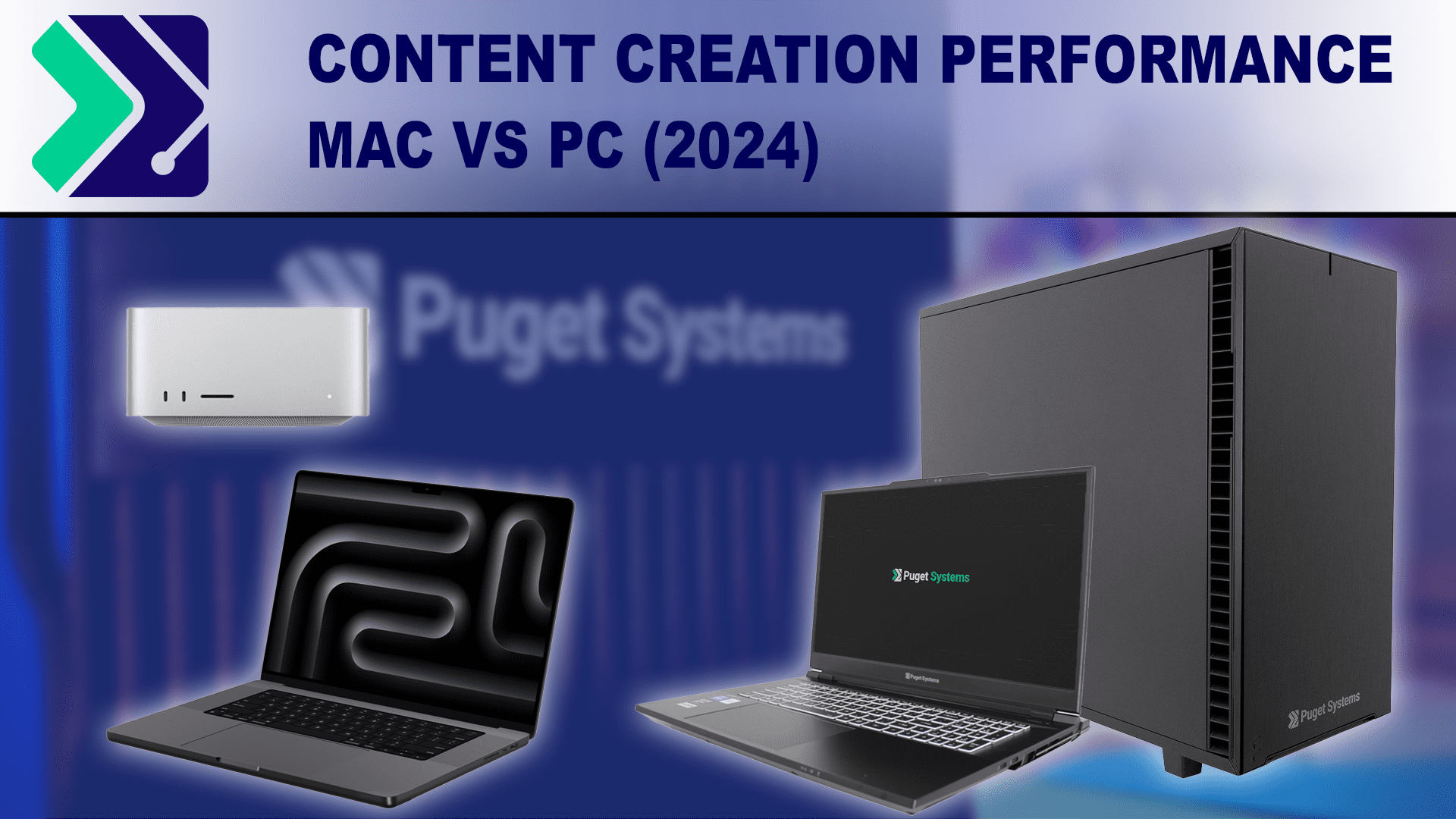
Following our recent M3 Max MacBook testing, we used our benchmark database to get performance data for Mac vs. PC for content creation.
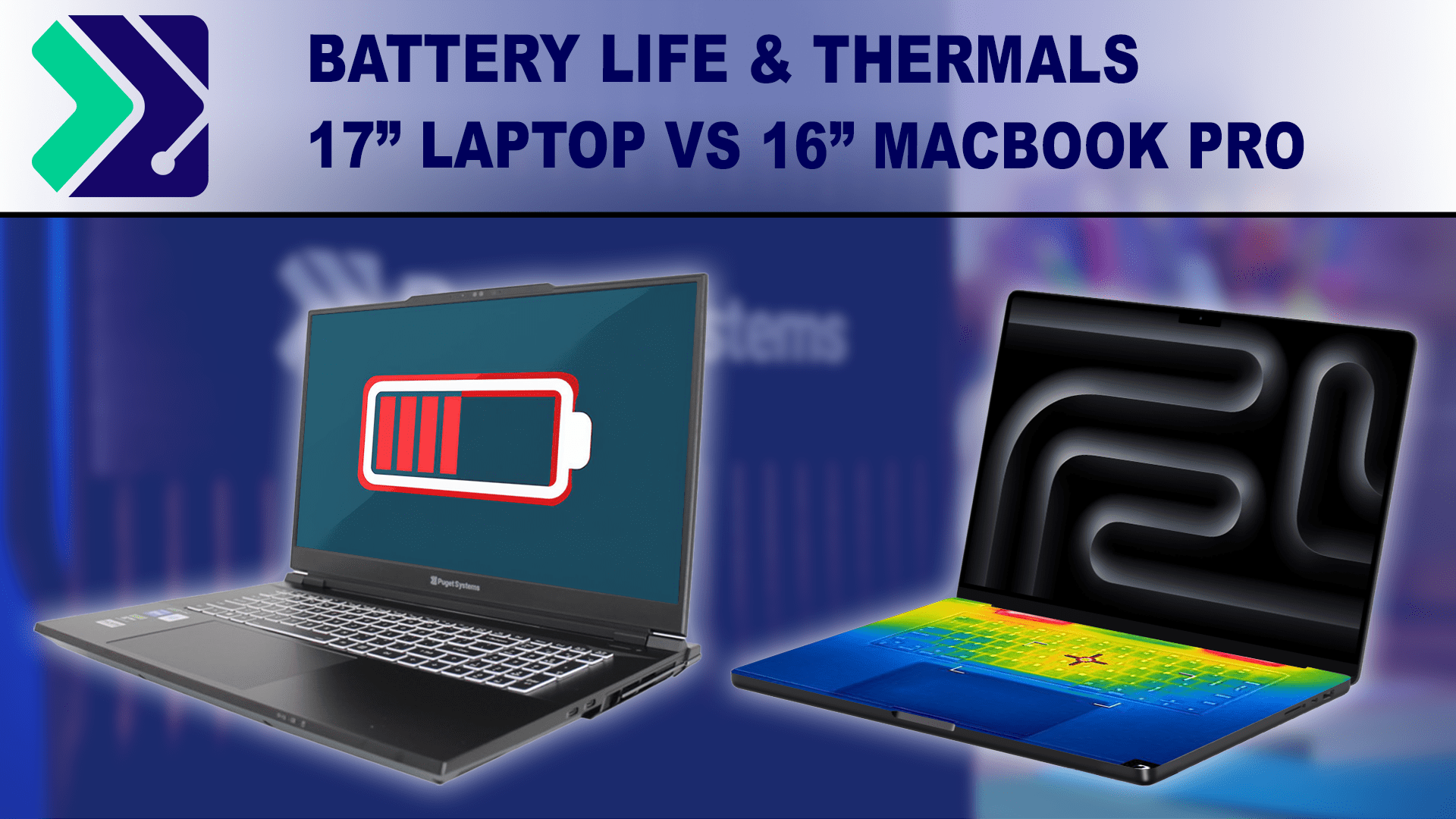
The Puget Mobile 17″ is a mobile workstation. How does it’s battery life and emmisions compare to an Apple M3 Max?
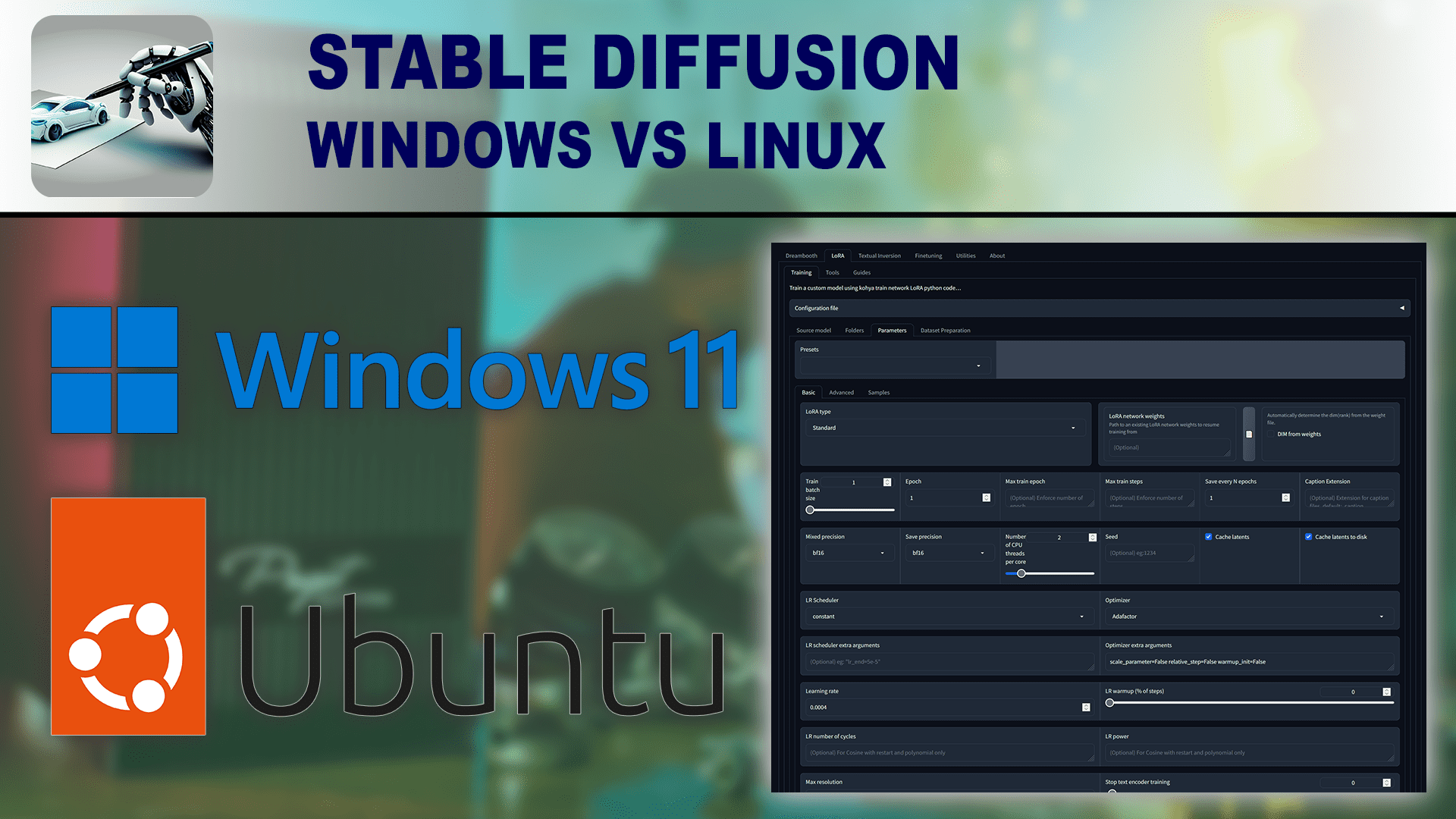
How does the choice of Operating System affect image generation performance in Stable Diffusion?
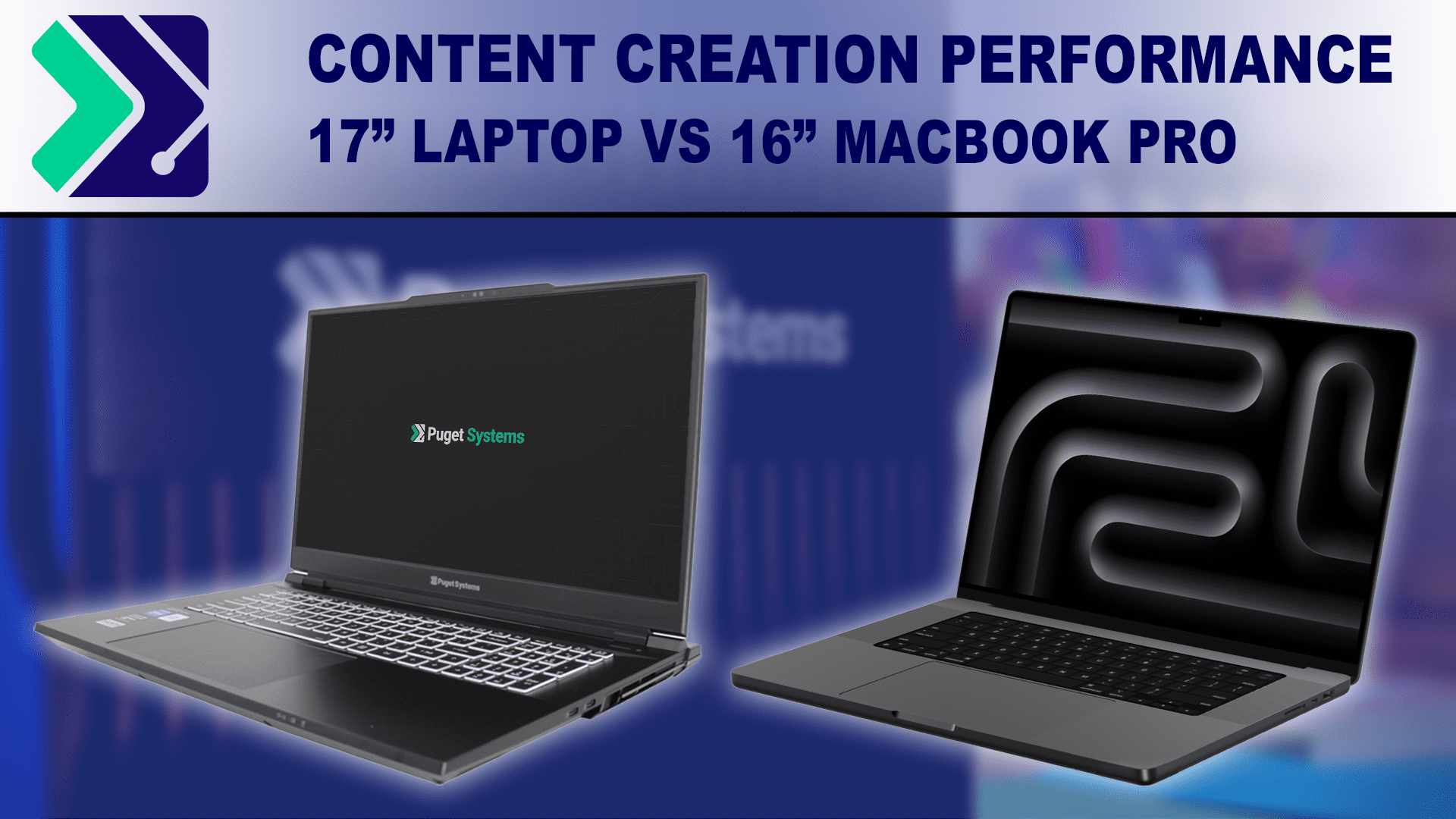
How does the new Puget Mobile 17″ compare to the top-end M3 Max MacBook Pro 16″ in performance for content creation?
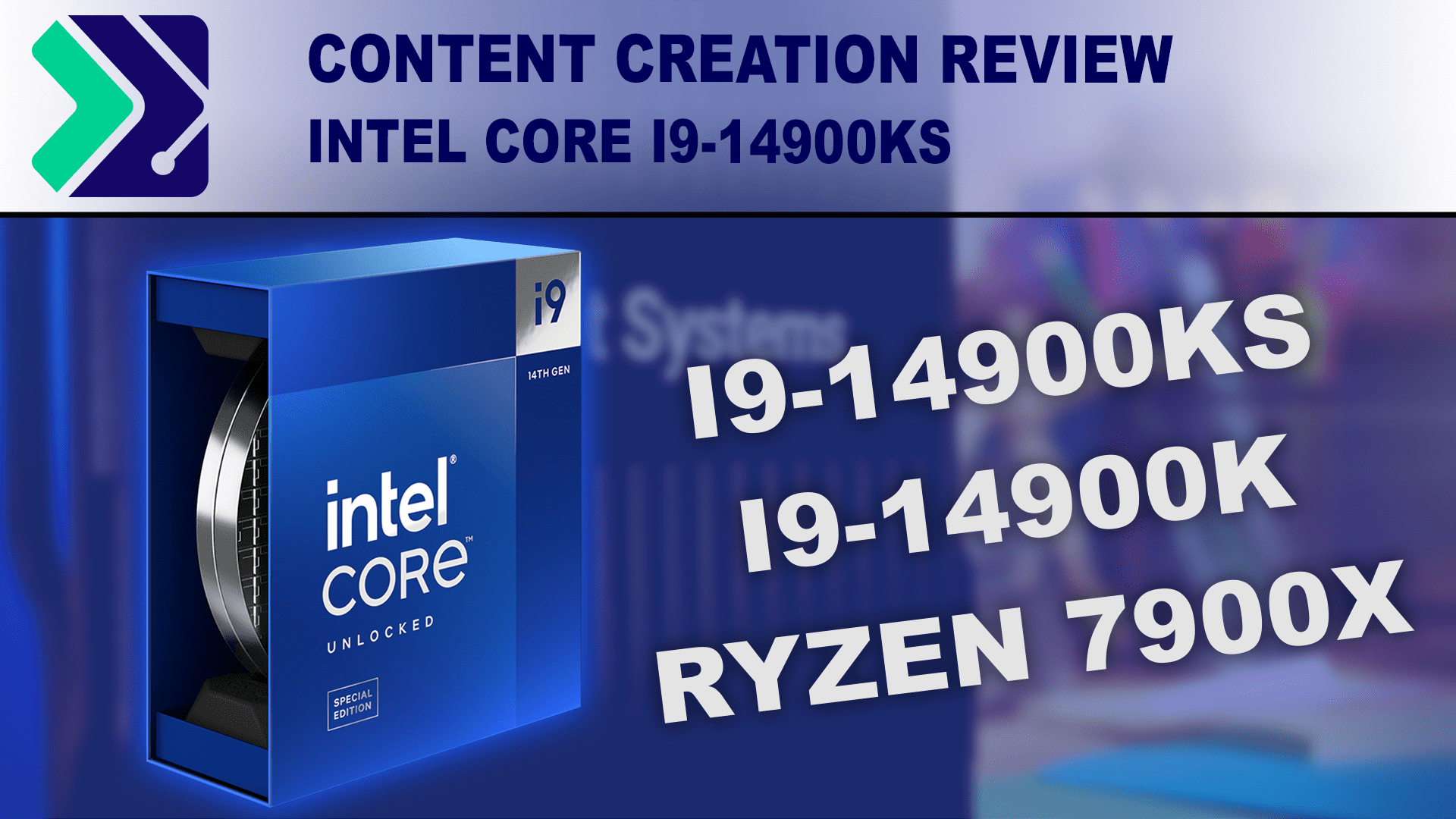
The Intel i9-14900KS is a small top-end refresh on the 14900K targeted at enthusiasts. How much performance does the higher base TDP and boost clock gain?
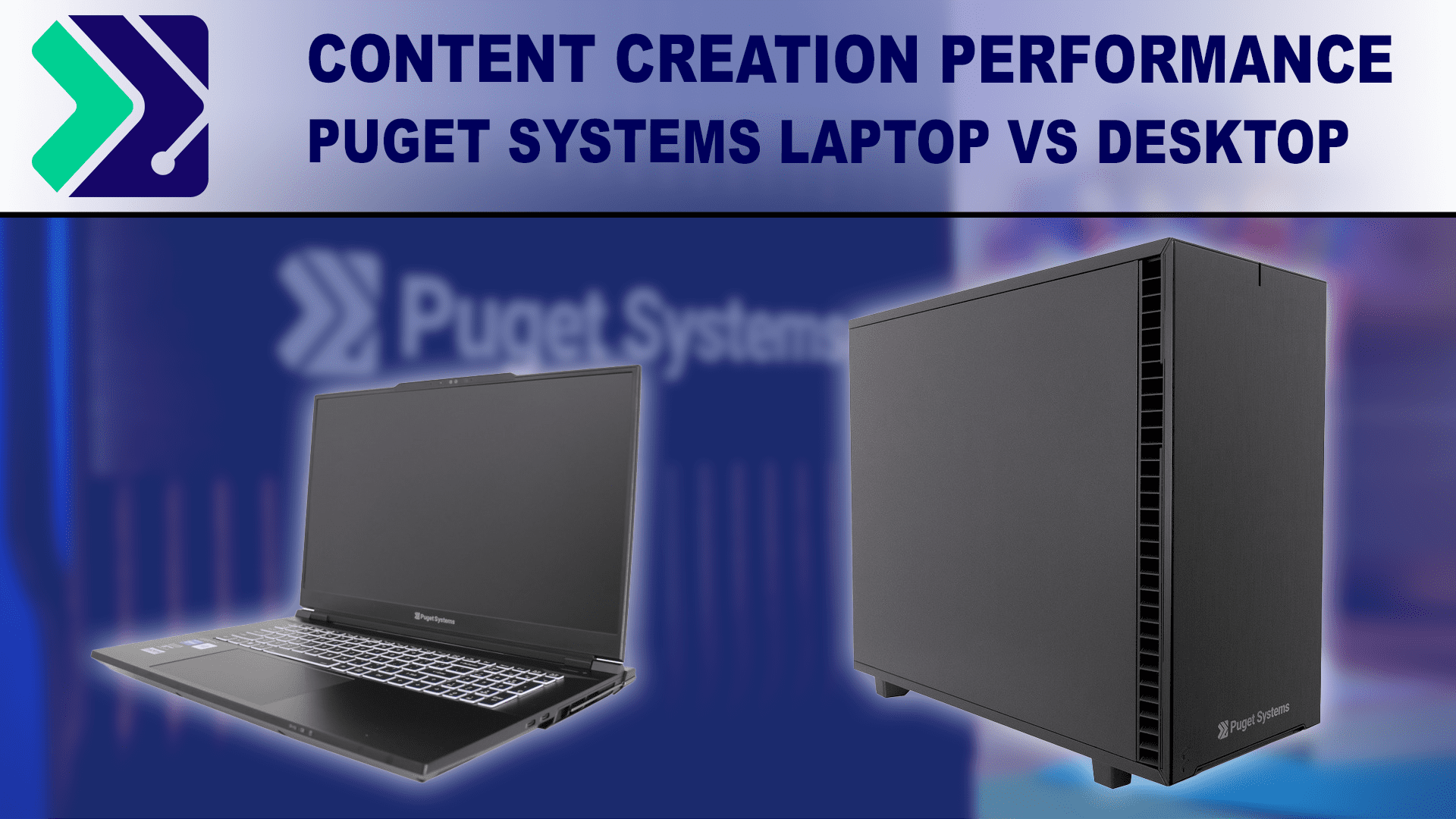
With the launch of the new Puget Systems 17″ laptop, there are a lot of performance questions we want to address. Today, we will be examining the performance of this new mobile workstation compared to a more traditional desktop.
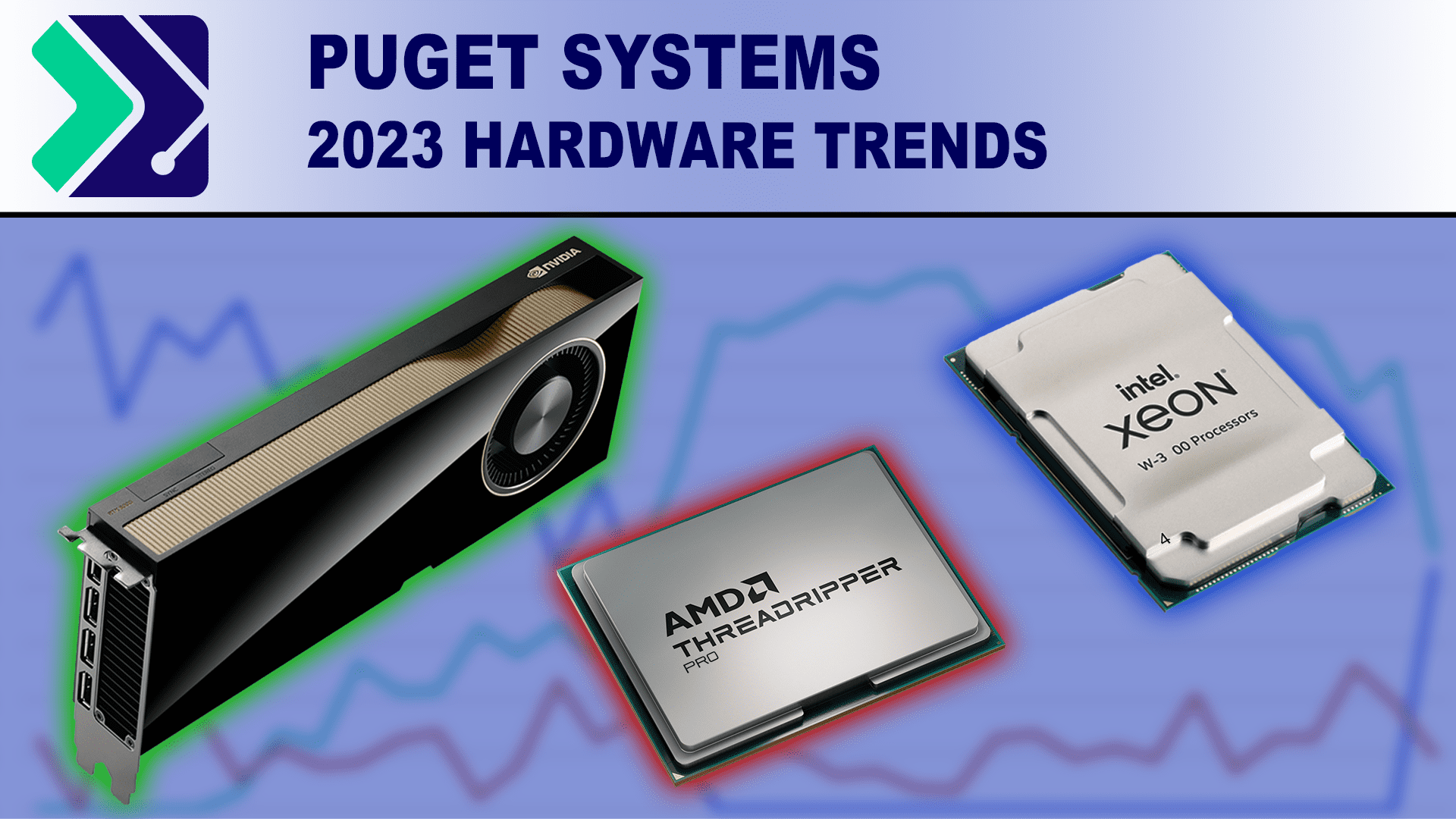
With 2023 at a close, we wanted to look back at the sales trends we saw for CPU, GPU, storage, and OS.